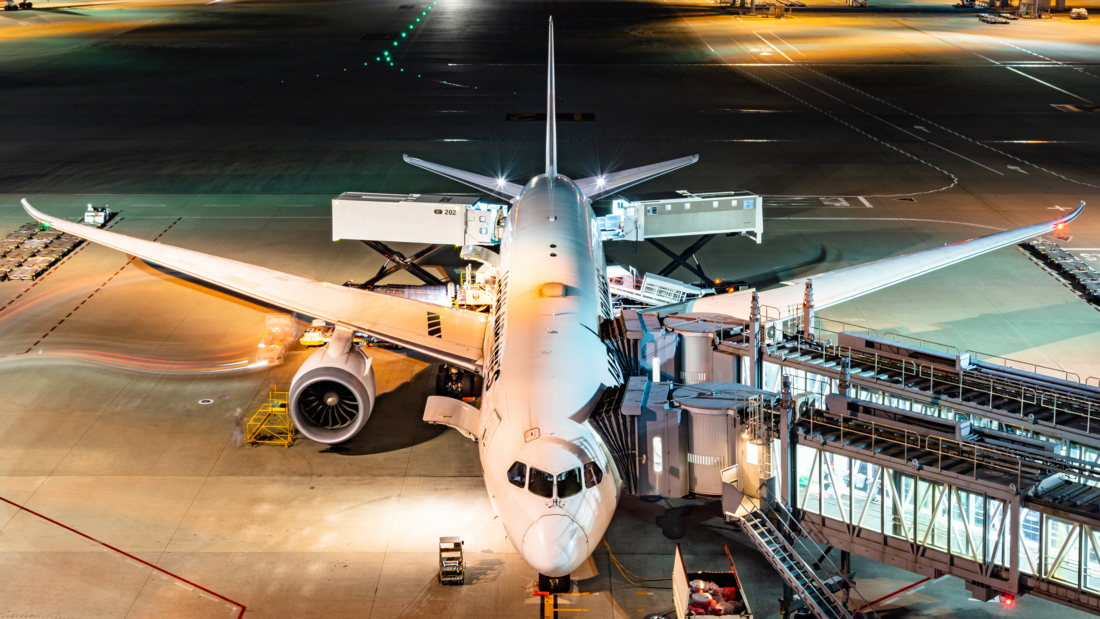According to an economist, as the world struggles with rising fuel prices, supply disruptions, inflation, and the impact of Russia’s invasion of Ukraine, the energy crisis enters the top 10 global risks for the first time at #4 in its Risk Barometer.
The invasion of Ukraine by Russia, the largest exporter of fossil fuels in the world, in February 2022 further destabilized the international energy market. Following the drought, hydropower capacity was affected throughout much of Europe. In France, more than half of the nuclear reactors were shut down for maintenance or due to technical difficulties.
The timing of the current energy crisis is the only aspect that is not negative. Europe and other places are about to undergo a green transformation.
Therefore, businesses must decide whether to proceed toward the electrification of production processes and the hydrogen economy, which will require prudent investment, or rely on energy-cheap foreign countries.
While the energy crisis may eventually help the economy decarbonize, it may also make climate policy less popular due to the rise in energy poverty unless effective and lasting aid measures can be implemented.
According to an economist, a new social contract is required to solve the long-term issues posed by the increased energy prices expected to occur throughout the green transformation.
What can businesses do?
Identify critical business processes that a gas or electricity shortage may impact, either directly or indirectly.
Consider how long it will take to resume operations properly and how this may affect employees, customers, or suppliers.
Outline the measures that can be taken to ensure that your critical business processes are resilient to gas or energy shortages. Test your business continuity management plan with a power outage-based scenario.
It is essential to regularly review the business continuity management process if the regulatory, political, or energy market situation changes.
The energy crisis has also demonstrated that decarbonizing the economy is a need rather than an option. According to Allianz, this necessitates billions in investments in new technology and a comprehensive redesign of corporate reporting, ensuring compliance issues continue to rank among the top five risks.
According to the theory that these factors are precisely what eventually become financially significant, this puts non-financial issues at the forefront of reporting.
Last but not least, extending the reporting scope beyond the existing emphasis on financial risks discloses information a considerably more complicated exercise since the CSRD adopts a double materiality approach, and it necessitates evaluating both impact directions.
The impact materiality focuses on an asset’s environmental and social impacts from the inside-out perspective. In contrast, financial materiality is focused on the effect of environmental, social, and governance (ESG) issues on the financial performance of assets from the outside-in perspective.





